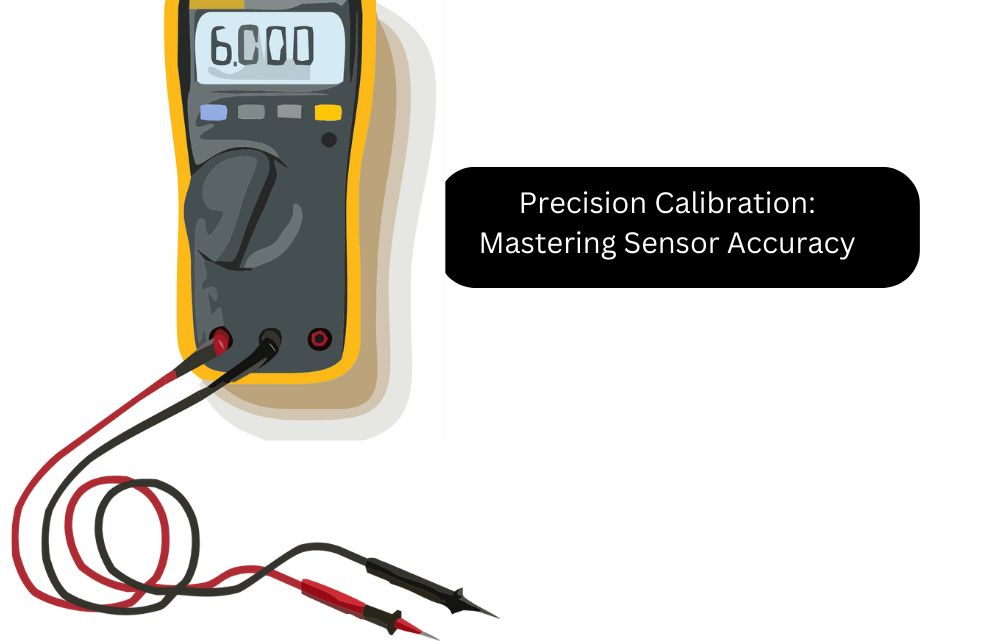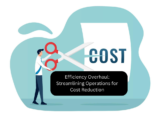Precision Calibration: Mastering Sensor Accuracy
February 29, 2024Achieving accurate sensor measurements is crucial in various industries, from manufacturing to environmental monitoring. This blog post is your comprehensive guide to mastering sensor accuracy through precision calibration techniques. Whether you’re a technician, engineer, or simply passionate about precision, understanding sensor calibration is essential for reliable data acquisition.
Understanding Sensor Calibration Fundamentals
Before delving into the intricacies of sensor calibration, it’s vital to comprehend the fundamental principles. From sensor drift and hysteresis to linearity and sensitivity, gaining a solid grasp of these concepts lays the foundation for mastering sensor accuracy.
Importance of Regular Calibration
Maintaining sensor accuracy over time requires regular calibration. Explore the reasons behind sensor drift, the impact of environmental factors, and the significance of establishing a regular calibration schedule to ensure consistent and reliable sensor performance.
Navigating Calibration Standards
Navigating the landscape of calibration standards can be daunting. We’ll guide you through the various calibration standards and protocols, including ISO 17025, NIST traceability, and best practices for compliance with industry-specific calibration requirements.
Techniques for Sensor Adjustment
Calibration involves precise adjustment of sensors to achieve accurate measurements. Uncover the techniques involved in sensor adjustment, such as zero-point calibration, span calibration, and multi-point calibration, each playing a crucial role in honing sensor accuracy.
Implementing Signal Conditioners for Enhanced Accuracy
An often overlooked yet critical aspect of sensor calibration is the use of signal conditioners. Signal conditioners play a pivotal role in processing the output from sensors before it’s fed into display units or control systems, ensuring the integrity of the data. By amplifying, filtering, and converting sensor signals into a more usable form, signal conditioners can significantly reduce noise and improve measurement accuracy.
Understanding how to effectively select and implement these devices is paramount for technicians who aim to achieve the highest degree of sensor accuracy possible.
Understanding Calibration Equipment
The tools used for sensor calibration are as important as the calibration process itself. Gain insights into the different types of calibration equipment, such as reference standards, simulators, and calibrators, and their role in achieving precise and reliable sensor measurements.
Read: Optimizing Material Handling: Strategies for Efficiency
Data Analysis and Validation
Calibration doesn’t end with adjustments; thorough data analysis and validation are paramount. Learn about statistical methods, uncertainty calculations, and validation procedures to ensure that calibrated sensors provide accurate and traceable measurements.
Documenting Calibration Records
Accurate record-keeping is a cornerstone of effective sensor calibration. We’ll discuss the importance of documenting calibration records, including calibration certificates, traceability documentation, and maintaining a comprehensive calibration history for each sensor.
Compliance with Regulatory Requirements
In many industries, adherence to regulatory requirements is essential for sensor calibration. Discover the specific regulations and standards applicable to your industry, ensuring that your sensor calibration processes align with the necessary legal and quality assurance frameworks.
Conclusion
Armed with the knowledge and techniques presented in this guide, you’re well-equipped to master the art of sensor accuracy through precision calibration. Whether you’re calibrating pressure transducers, temperature sensors, or any other type of measurement device, precision calibration is the key to reliable and trustworthy sensor data.
By embracing the principles of regular calibration, adherence to standards, and meticulous data analysis, you can ensure that your sensors deliver precise measurements, contributing to the efficiency, safety, and quality of operations in your industry.



